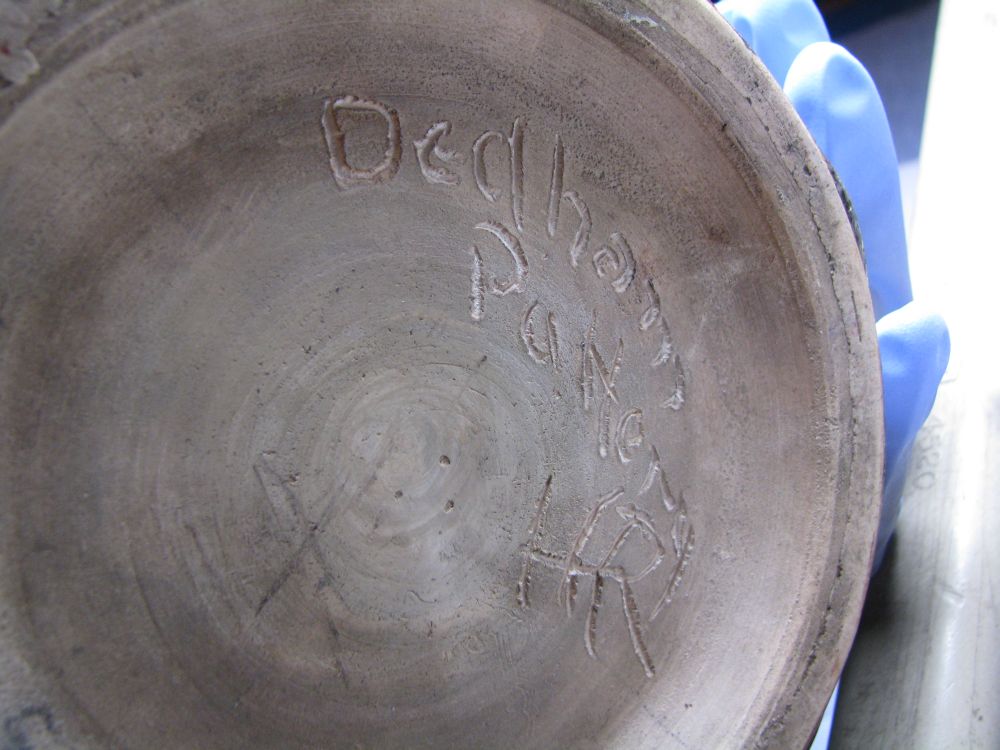Vase
Hugh C. Robertson
Manufacturer Dedham Pottery American
Steeped in ceramics from birth, Hugh C. Robertson pursued his craft with fierce devotion and a passion for experimentation. From a family of trained English ceramists, he honed his skills in New Jersey before settling in Massachusetts as one of the founders of Chelsea Keramic Art Works and later, Dedham Pottery. Robertson’s lifelong explorations in glazes, particularly their color and texture, make him one of the key figures of American art pottery at the turn of the twentieth century.
From Chelsea to Dedham, Robertson continued to pursue his passion for innovation, employing the grayish-white stoneware used for Dedham’s dinnerware to throw simple forms covered with bold combinations of colored and textured glazes. Dedham Pottery’s vases are larger, thicker, and heavier than their Chelsea predecessors, and simple, solid forms predominate. Many of the Dedham vases in the Ellison Collection at The Metropolitan Museum of Art have varying combinations of red, green, blue, and white glazes, often with heavy drips descending to the base. On this example, Robertson applied several glazes of different colors. In 1898 a writer for the magazine Arts for America probably had such a vase in mind when he wrote of the Dedham Pottery: "In high-fire work the temperature ranges between 3,000 and 4,000 degrees, and the glaze applied to the top of the vase bubbles like pitch and runs down the sides, coating the surface. In this class of work it is impossible to have the effects twice alike, for at the different firings the chemical conditions vary."
This vase is from the Robert A. Ellison Jr. Collection of American art pottery donated to the Metropolitan Museum in 2017 and 2018. The works in the collection date from the mid-1870s through the 1950s. Together they comprise one of the most comprehensive and important assemblages of this material known.
Due to rights restrictions, this image cannot be enlarged, viewed at full screen, or downloaded.
This artwork is meant to be viewed from right to left. Scroll left to view more.





